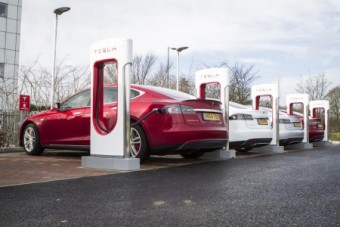 A new series of reports for the LowCVP says that the UK can develop the infrastructure necessary to deliver the low carbon fuels of the future but that strong coordination is needed between key actors.
A new series of reports for the LowCVP says that the UK can develop the infrastructure necessary to deliver the low carbon fuels of the future but that strong coordination is needed between key actors.
Initial public support will also often be needed to enable investment in the necessary infrastructure to be kick-started.
The research, by consultants Element Energy, says that the deployment of the public refuelling infrastructure that is necessary for the UK to meet its carbon emission reduction targets for transport will require investment of more than £10bn by 2050. It will also require long-term policy clarity and consistent government and regulatory support.
The reports will be presented, with responses from leading stakeholders, at the LowCVP’s Annual Conference in Westminster tomorrow.
The studies are the ‘missing piece’, complementing earlier work particularly by the Automotive Council – a government-industry collaboration – which focused on the transition to lower carbon powertrains and fuels. The Automotive Council vehicle roadmaps provided a critical backdrop to these new reports.
Written with input from a wide range of expert industry and government stakeholders, the reports are divided into five parts: A summary report and roadmaps for four different fuel streams: liquid fuels; methane; electricity and hydrogen.
Much recent attention has focused on vehicle electrification with concerns raised about its impact on the supply infrastructure and management challenges. The researchers found that the existing network, utilising smart technologies, is well suited to support the electrification of transport. They found that growing electrification of (mainly) cars will present a peak demand but not a production challenge.
They also found, however, that millions of mainly residential charge points will be needed to support widespread EV deployment and that progress is constrained by uncertainty over future charging technologies.
A visible, accessible and reliable public charging network, the report says, should be rolled out for light vehicles.

